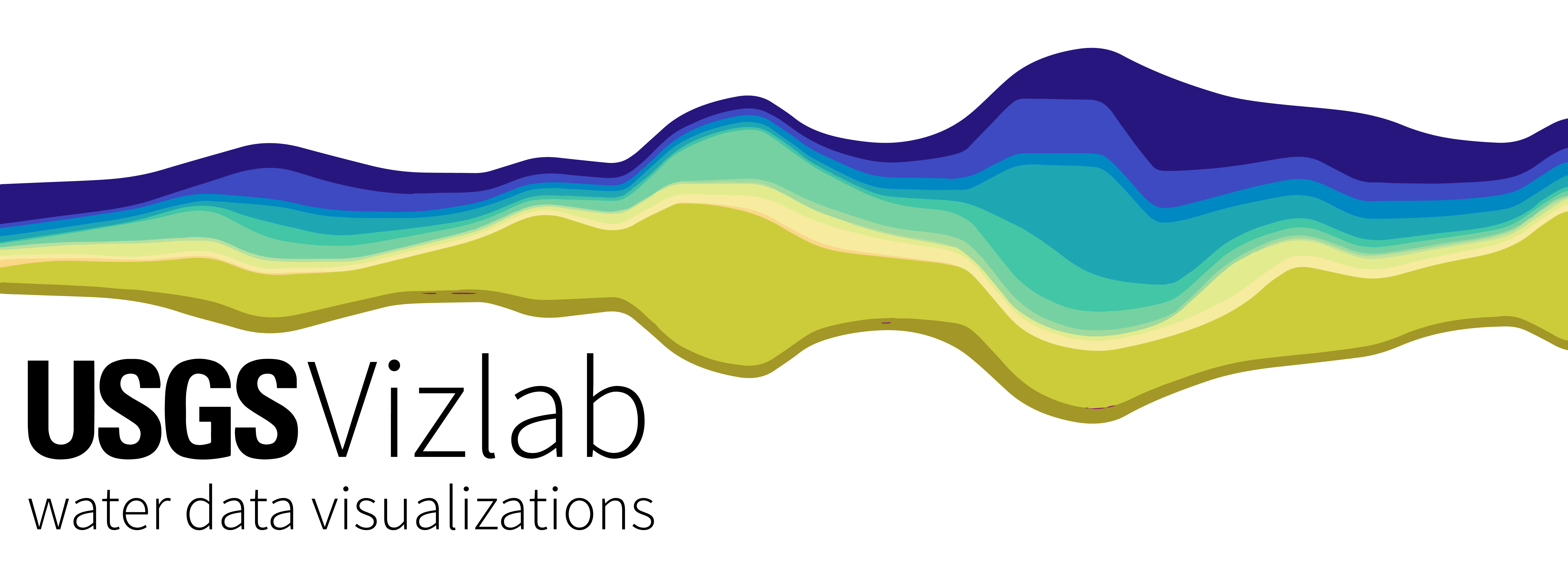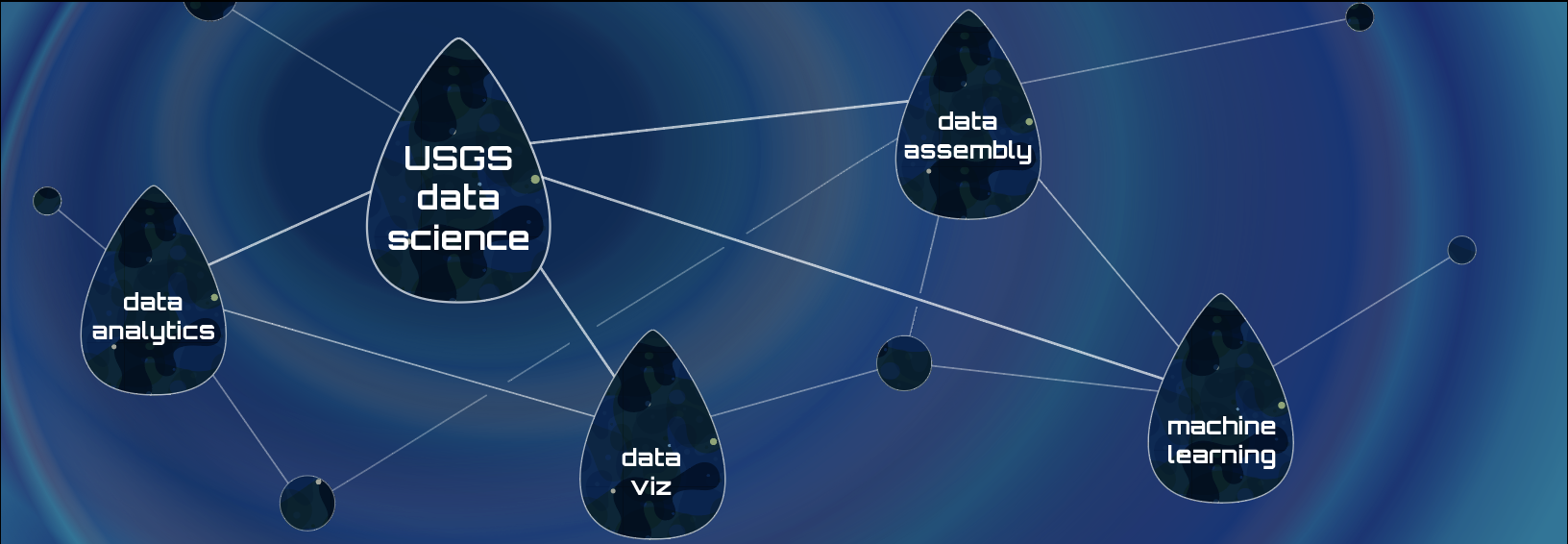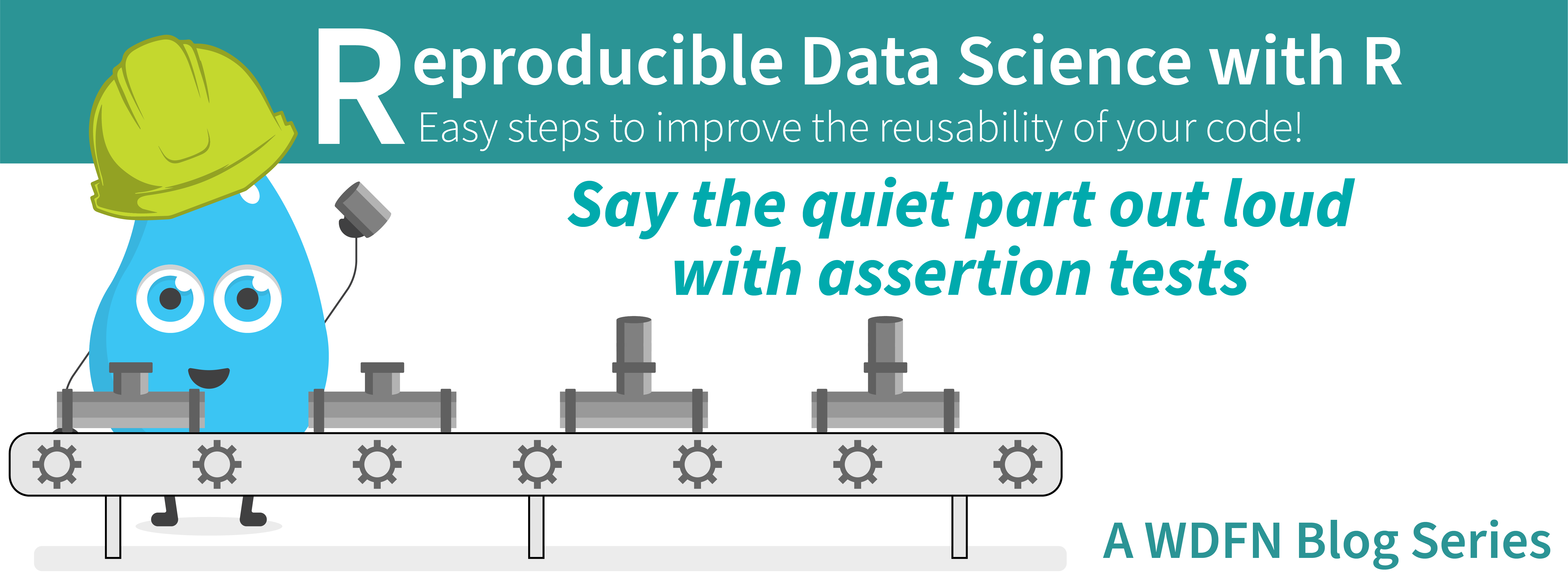How we work on the Water Data for the Nation Team
A description of how the Water Data for the Nation software development team works.
The USGS Water Mission Area (WMA) is the largest provider of real time and historical water information in the world. A major part of our work in the WMA Web Communications Branch is to build modern web applications and APIs to make these data publicly available. We call our data delivery product line Water Data for the Nation (WDFN). Here’s our product vision:
Water Data for the Nation makes high-quality water information discoverable, accessible, and usable for everyone.
We use a principled approach to accomplishing our goals. Here’s more about how we work:
Public service orientation. Our team is dedicated to transforming Federal water data delivery and using technical innovations to do so.
Working in the open. We make our data and code available , so that others can see it, use it, or contribute back. We’re committed to FAIR data principles .
We use disciplines of product management, user centered design, and software engineering to accomplish our work:
Product management. Cyd Harrell’s definition of product management, as stated in The Civic Technologist’s Practice Guide , is useful: Product management is “the strategic discipline of uniting a team around a product vision and making trade-offs across technical, design, and business domains to determine how to invest and when to ship.” Enough said.
User-centered design. Our design decisions can impact millions of users, so we need evidence to drive feature development. We partner with GSA TTS 18F to train up and tackle major design challenges , and use human-centered design methods frequently in our work.
Software engineering. Our team is not locked into particular frameworks, but we do insist on
- doing our work in the open using Github and self-hosted tools
- code quality using tools like Codacy and SonarQube
- Peer review of all code and all configuration
- Continous integration using tools like Jenkins and Gitlab CI
- Regular deploys with a long-term goal of continous deployment.
- working toward a culture of devsecops
so that our products will be more maintainable and easier to evolve. While we do a lot of custom software development, we stand on the shoulders of giants, and build on best of breed open source tools such as:
- The US Web Design System
- D3.js for visualizations and charting
- Leaflet and GeoServer for web mapping
- The Flask web server microframework
- The Spring Framework for Java based APIs
- The Serverless Framework for cloud-native, serverless deployment
when available.
Agile methodology and its cadences and ceremonies bring together product, design, and engineering activities to delivery value to users frequently. Our current flavor of agile uses a scrum team, daily standups, and biweekly technical deep-dives, demos, and planning ceremonies. Learn more about where we came from here . We’re currently transitioning from a single scrum to a large-scale scrum model as part of an emphasis on continuous process improvement. We’ll will report back later how it’s working.
To learn more about our products, tech, and design, check out these resources:
Doing user research to design the next-gen WDFN.
Modern groundwater dataflow delivered through mobile-first next-generation monitoring location pages .
A recent set of release notes, demonstrating delivery of valuable features to users.
Our legacy data access application: https://waterdata.usgs.gov/nwis .
Our legacy data access services: https://waterservices.usgs.gov
Modern monitoring location pages: https://waterdata.usgs.gov/monitoring-location/05428500/#parameterCode=00065
Any use of trade, firm, or product names is for descriptive purposes only and does not imply endorsement by the U.S. Government.
Categories:
Keywords:
Related Posts
What is the USGS Vizlab?
November 10, 2021

The USGS Vizlab is a collaborative team that uses data visualization to communicate water science and data to non-technical audiences. Our mission is to create timely visualizations that distill complex scientific concepts and datasets into compelling charts, maps, and graphics. We operate at the intersection of data science and science communication. To get a sense of our work you can check out our new portfolio site.
Water Data Science in 2021
March 5, 2021
Where the USGS Water Data Science Branch is headed in 2021
It is an exciting time to be a data science practitioner in environmental science. In the last five years, we’ve seen massive data growth, modeling improvements, new more inclusive definitions of “impact” in science, and new jobs and duties. The title of “data scientist” has even been formally added as a job role by the federal government and there are all kinds of data science needs spelled out in the new USGS science plan .
Large Data Pulls from Water Quality Portal - A Pipeline-Based Approach
September 27, 2022
Background
The Water Quality Portal (WQP ) database aggregates and standardizes discrete water quality data from numerous federal, state, tribal, and other monitoring agencies. The WQP enables the access and retrieval of over 297,000,000 water quality records (Read et al. 2017) through web services and an application programming interface (API) that can be called programmatically using the
dataRetrievalpackage in R. Downloading data from the WQP represents a common pattern across USGS data teams.USGS water data science in 2022
September 3, 2022
The USGS water data science branch in 2022

The USGS data science branch advances environmental sciences and water information delivery with data-intensive modeling, data workflows, visualizations, and analytics. A short summary of our history can be found in a prior blog post . Sometimes I refer to data scientists as experts in wrangling complex data and making it more valuable or usable. I’m writing this blog to update readers on the types of things we’re up to and point out some future changes (including new hiring efforts).
Reproducible Data Science in R: Say the quiet part out loud with assertion tests
September 2, 2025

Overview
This blog post is part of the Reprodicuble data science in R series that works up from functional programming foundations through the use of the targets R package to create efficient, reproducible data workflows.

